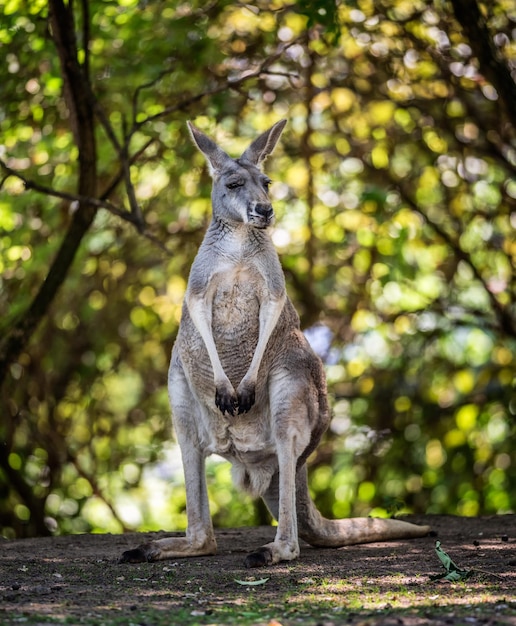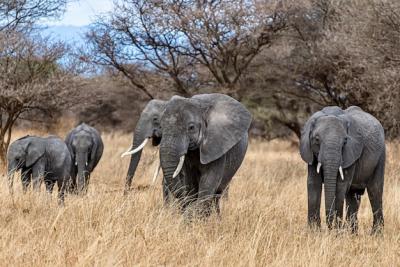Common Wallaroo: Free Stock Photo for Download
Understanding the Common Wallaroo
The common wallaroo, also known as the wallaroo, is a fascinating marsupial native to Australia. With its robust body and strong legs, this animal is a remarkable sight in its natural habitat. Wallaroos are closely related to kangaroos and wallabies but have their own unique traits that make them special. Let's explore some interesting aspects of these wonderful creatures.
Physical Characteristics
Wallaroos are known for their distinct features which help them adapt to their environment.
- Size: Common wallaroos can grow up to 1 meter tall, with males being larger than females.
- Weight: They typically weigh between 25 to 54 kg.
- Color: Their fur varies from gray to reddish-brown, helping them blend in with the rocky landscapes.
- Body Structure: They have a powerful build, allowing them to navigate rough terrains with ease.
Habitat and Distribution
The common wallaroo is primarily found in the rocky outcrops and hilly regions of eastern and northern Australia. They thrive in various environments, but they especially enjoy open grasslands and woodlands.
- Location: Common in parts of Queensland, New South Wales, and the Northern Territory.
- Living Conditions: They prefer areas with plenty of cover like shrubs and trees where they can hide from predators.
Behavior and Diet
The wallaroo is known for its calm demeanor and unique behaviors. These animals are primarily herbivores, feeding on grasses, leaves, and shrubs.
- Feeding Habits: They graze during the cooler parts of the day, usually at dawn and dusk to avoid the heat.
- Social Structure: While they can be seen alone, wallaroos sometimes gather in small groups for safety.
Conservation Status
Luckily, the common wallaroo is not currently considered endangered. However, habitat loss and other environmental changes can threaten their population.
- Protection Efforts: Conservation groups are working to preserve their habitats and promote awareness.
- Importance of Ecosystem: As grazers, wallaroos play a significant role in maintaining the health of their environment.
Conclusion
The common wallaroo is an incredible animal that deserves recognition and appreciation. Observing them in their natural habitat provides a glimpse into the beauty of biodiversity and the importance of conserving our wildlife. By learning more about these amazing creatures, we can contribute to their protection for future generations to enjoy.












